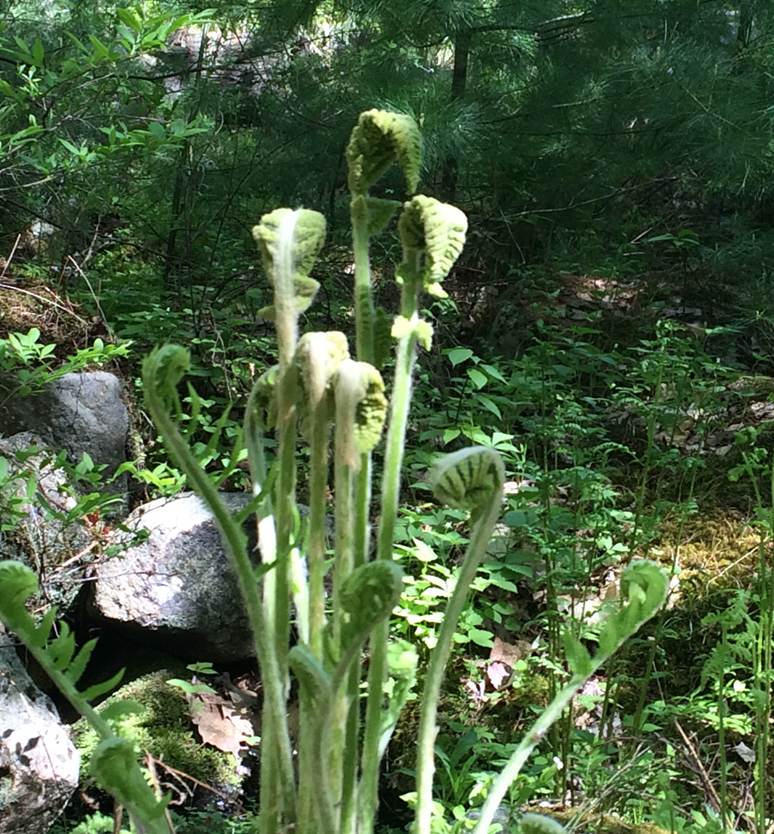 Many restoration criteria focus on a specific number and density of specific plant species. Loss of disease and cold resistance are some of the potential problems resulting from this gene flow.” (p. 5). Depending on the type of wetland restoration and its location in the landscape, seeding and planting may not be necessary. Natural colonization from surrounding native plants should be encouraged where possible. If invasive species are a significant concern, then sowing a cover crop of planting vegetative “plugs” and other measures may discourage the spread of invaders. In a large number of cases, sites require seeding and planting at high densities to assure the desired species propagate and establish a rich carpet of green that eliminates invasive species from getting a foothold.
Many restoration criteria focus on a specific number and density of specific plant species. Loss of disease and cold resistance are some of the potential problems resulting from this gene flow.” (p. 5). Depending on the type of wetland restoration and its location in the landscape, seeding and planting may not be necessary. Natural colonization from surrounding native plants should be encouraged where possible. If invasive species are a significant concern, then sowing a cover crop of planting vegetative “plugs” and other measures may discourage the spread of invaders. In a large number of cases, sites require seeding and planting at high densities to assure the desired species propagate and establish a rich carpet of green that eliminates invasive species from getting a foothold.
Selecting appropriate plants for the specific wetland type is critical. At the same time, hydrology and soil criteria, which may be vague and much less specific in comparison, may be more important to ensure the sustainability of the wetland restoration project. Plant species and assemblages will change over shorter time periods than soil and hydrology over time.
